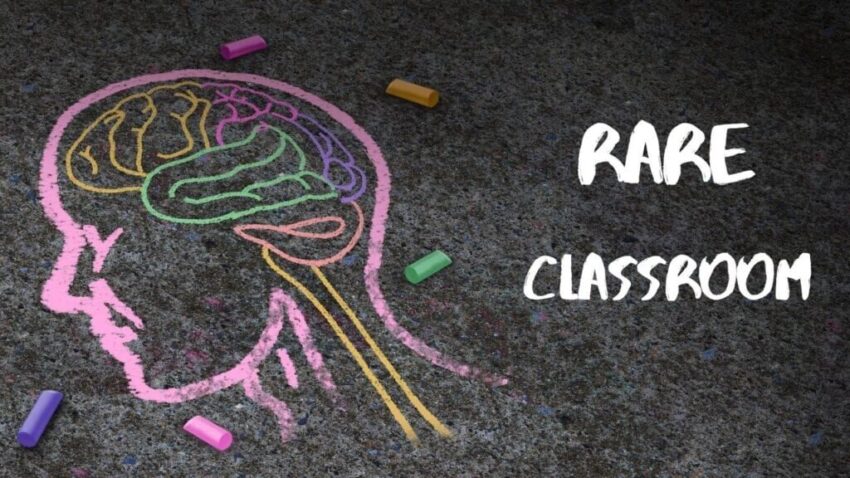Welcome to the Rare Classroom, a new series from Patient Worthy. Rare Classroom is designed for the curious reader who wants to get informed on some of the rarest, most mysterious diseases and conditions. There are thousands of rare diseases out there, but only a very small number of them have viable treatments and regularly make the news. This series is an opportunity to learn the basics about some of the diseases that almost no one hears much about or that we otherwise haven’t been able to report on very often.
Eyes front and ears open. Class is now in session.

The disease that we will be learning about today is:
Williams Syndrome
Sometimes called Williams-Beuren syndrome.
What is Williams Syndrome?
- Williams syndrome is a rare genetic disorder that has multiple effects throughout the body.
- Common symptoms include heart problems, intellectual disability, and an outgoing personality.
- Patients with this syndrome have distinctive facial features
- Diagnosis usually begins through recognition of physical signs and indicators, and is confirmed with a genetic test.
- There is no cure for Williams syndrome, but a number of approaches can help manage the condition.
- The syndrome was previously believed to impact roughly one in 20,000 births, more recent studies have suggested a rate of one in 7,500 births, making it more common than previously thought.
- Williams syndrome was first described in 1961 by J.C.P. Williams. This disorder may be responsible for some mythology surrounding elves, and the word ‘elfin’ may have first originated to describe the facial features of the condition. However, some patients and families have rejected the use of the term.
How Do You Get it?
- Williams syndrome is classified as a microdeletion syndrome
- Genetic material is deleted from one of the chromosome 7 pair in region q11.23
- More than 25 genes are included in the deletion region
- In a small number of cases, Williams syndrome is inherited, but typically the microdeletion occurs randomly in the egg or sperm from which the patient develops.
What Are The Symptoms?
- Common symptoms include:
- Heart defects
- Heart murmurs
- Distinct facial features
- Small chin, widely spaced teeth, flattened nasal bridge, elongated philtrum, broad forehead
- Failure to thrive
- Poor muscle tone
- Talkativeness
- William syndrome patients are highly social, tend to hyperfocus on the eyes during conversation, and have little fear of strangers
- Supravalvular aortic stenosis
- Urinary problems
- Colic
- Abdominal pain
- Diverticulitis
- Hypothyroidism
- Fear of loud noise
- Left handedness (not in all cases)
- Phobias
- High levels of anxiety
- Mild to moderate intellectual disability
- Strong short term memory and facial recognition
- High levels of blood calcium
- Skills in and love of music
- Reduced life expectancy, mostly due to heart issues
- Heart defects
How Is It Treated?
- There is no cure for Williams syndrome, but there are a number of management approaches that can improve quality of life.
- Management strategies can include:
- Avoiding calcium and vitamin D, to reduce blood calcium
- Speech therapy
- Developmental therapy
- Physical therapy
- Behavioral treatments to modulate social skills
- Music therapy and exposure can be a valuable part of treatment for the high anxiety that these patients can experience
Where Can I Learn More???
- Check out our cornerstone on this disease here.
- Learn more about this condition from the Williams Syndrome Association.


